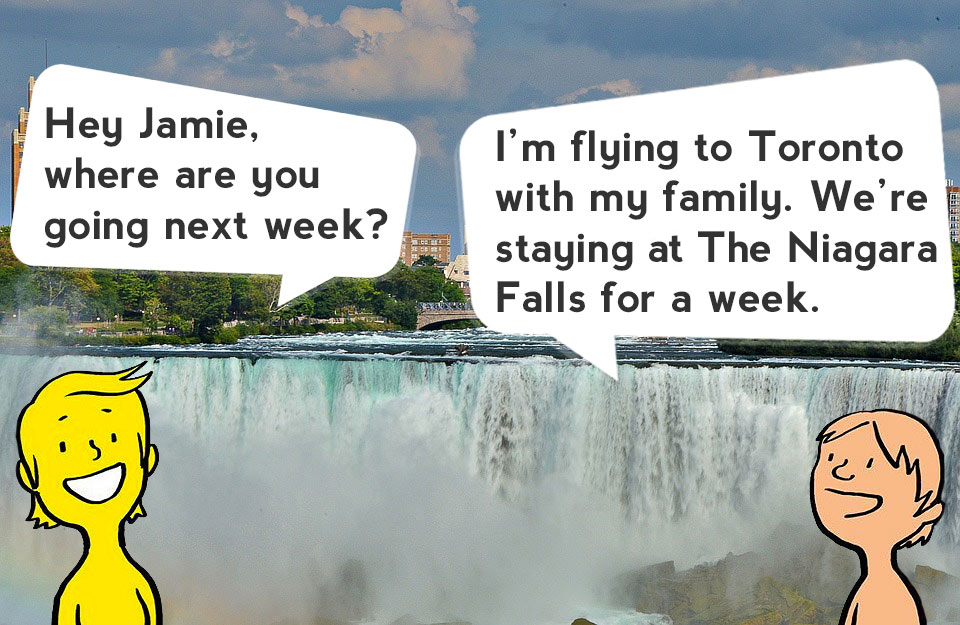
Roselie. (2017). Niagara Falls [photo]. Retrieved on 2017, June 06 from http://bit.ly/2rRpbup
You will review the Present Continuous in this section and use it to talk about future arrangements by using common expressions.
By the end of this section, you will use the present continuous in its affirmative, negative and interrogative form, use future time expressions time to express planned or previously established events.
The Present Continuous is used to talk about future arrangements. An arrangement is something that is done to prepare or plan for something in the future. It is also an agreement between two people or groups about something that will happen.
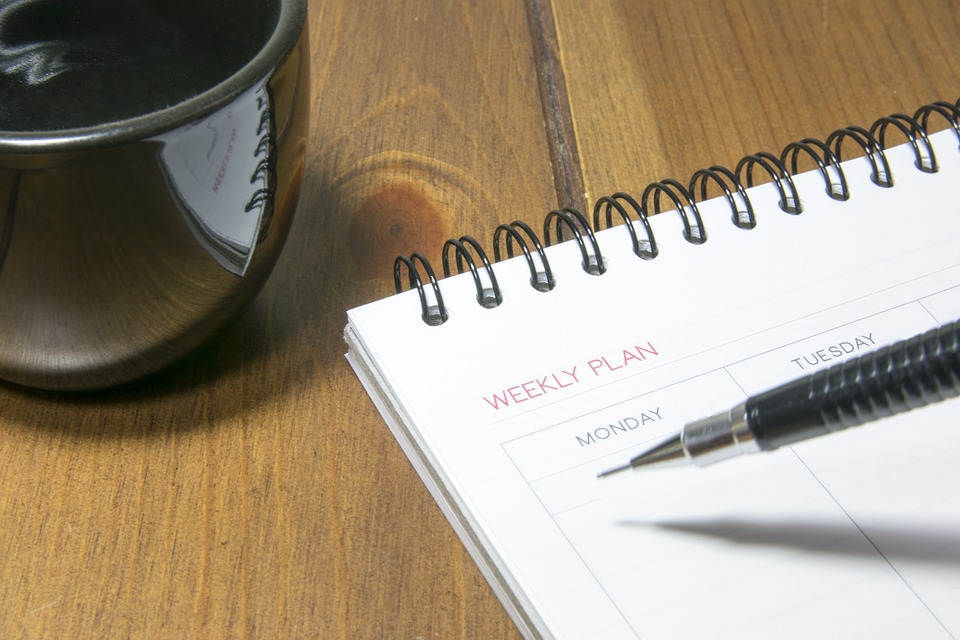
Kang_hojun. (2017). Diary [photo]. Retrieved on 2017, June 06 from http://bit.ly/2rQbnhF
|
Examples: I’m having a party tonight. (Some friends have invited me to their party). Sue is starting an English course next summer. (She has already registered at a language school where she wants to study English). |
There are some common expressions used to refer to or when the action will take place in the future.
|
Examples: Tonight |
There is a small selection of verbs to talk about things in the future that we have already planned.
|
Examples: Go, come, leave, arrive, fly, have, start, go out, visit, meet, stay. |
We use the Present Continuous for planning future arrangements. Let’s review the affirmative, negative and interrogative form.
Click on each character name to display the content:
Subject + verb TO BE + verb –ing + complement + time expression
Examples:
I'm staying with Susan this weekend.
Jamie and his family are flying to Toronto next week.
Susan is taking an English course next summer.
Note: It is important to include the verb TO BE after the subject and before the main verb. The main verb always ends in –ing. (Check your spelling). |
Subject + verb TO BE+ not + verb –ing + complement + time expression
Example:
She is not doing her homework after dinner. She is watching her favorite TV series.
Note: Do not forget! The negative form goes after the verb to be. |
Verb TO BE + subject + verb –ing + complement + time expression ?
Yes, + subject + verb TO BE.
No, + subject + verb TO BE
Example:
Are Jamie and his family flying to Toronto next week?
Yes, they are.
No, they aren't.
Question word (wh... questions) + verb TO BE + subject + verb –ing + time expression ?
Examples:
What are we having for dinner?
Chicken soup and green salad.
What are you doing on Saturday night?
I'm seeing a film.
Note: Notice in the examples that there are two different ways of structuring an interrogative sentence in the present continuous. |
It's time to practice what you explored in the content. You have learnt that the Present Continuous is used to express planned events which will take place in the not-too-distant future, and reviewed the form of this tense. Now you have to write the following statements correctly. Remember this is a practice exercise, so you can do it as many times as you want.
The exercise consists of two parts, and you will get instructions in each section.
First, you will unscramble the words to write the sentences correctly. Once you finish, click on the Check Answers button and then on the Continue button.
Imagine you are going to have a vacation and you are planning a trip. These are the arrangements for a trip to New York city that you and your friend George are taking next week.

tpsdave. (2017). New York City [photo]. Retrieved on 2017, June 06 from http://bit.ly/2sHy8V8
Now, use the itinerary to write sentences in the present continuous. You will have to write three sentences for each day of travel: affirmative, negative and interrogative. Once you finish, click on the Check Answers button and then on the Continue button.
Day 1
Affirmative:
Negative:
Interrogative:
Day 2
Affirmative:
Negative:
Interrogative:
Day 3
Affirmative:
Negative:
Interrogative:
Day 4
Affirmative:
Negative:
Interrogative:
Day 5
Affirmative:
Negative:
Interrogative:
Day 6
Affirmative:
Negative:
Interrogative:
Day 7
Affirmative:
Negative:
Interrogative:
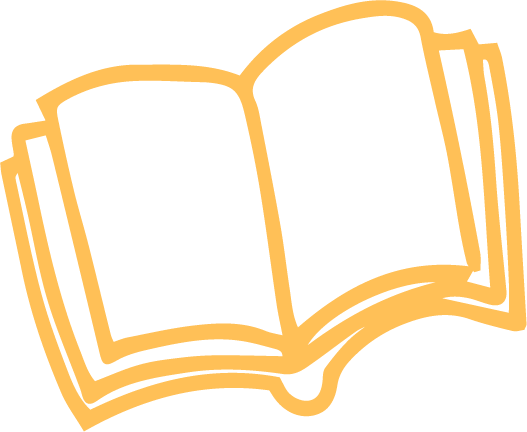
Activity 1
Do you remember Joshua, Jamie's friend? Well, he is planning to go on holidays, and he has two incredible options. Do you want to know them?
You will practice your reading skills to get important information from the texts to answer the statements.
Butterflies flying to Mexico

After reading the text, complete the sentences by choosing a word for each gap. At the end of the activity, you can check your score.
A big fish in the Philippines

According to the text choose if the following statements are True (T) or False (F). At the end of the activity, you can check your score.

Activity 2

Do u remember. (2009). Cinema [photo]. Retrieved on 2017, June 07 from http://bit.ly/2rQv0WR

Steve p2008. (2006). Plane [photo]. Retrieved on 2017, June 07 from http://bit.ly/2rQilTA
As explored in the content, the present continuous is used to express social arrangements or plans. Through the use of the monologue of Peter, you will be able to identify how this tense is used.
Press the play button to listen to Peter's plan.

Based on the audio, choose if the following statements are True (T) or False (F). At the end of the activity, you can check your score.

Activity 3
As seen the present continuous is used to express the arrangements that are planned to do shortly. In this activity, you will have to pretend that you are going to take your ideal holidays next summer. You have made all your plans, and you have an itinerary. Write a short paragraph expressing your plans.
You can begin your composition like this:
This coming summer I am starting my ‘Ideal Holidays’…
Check the rubrics to include all the necessary components to write your paragraph.
Once you finished your composition, save it to your computer.
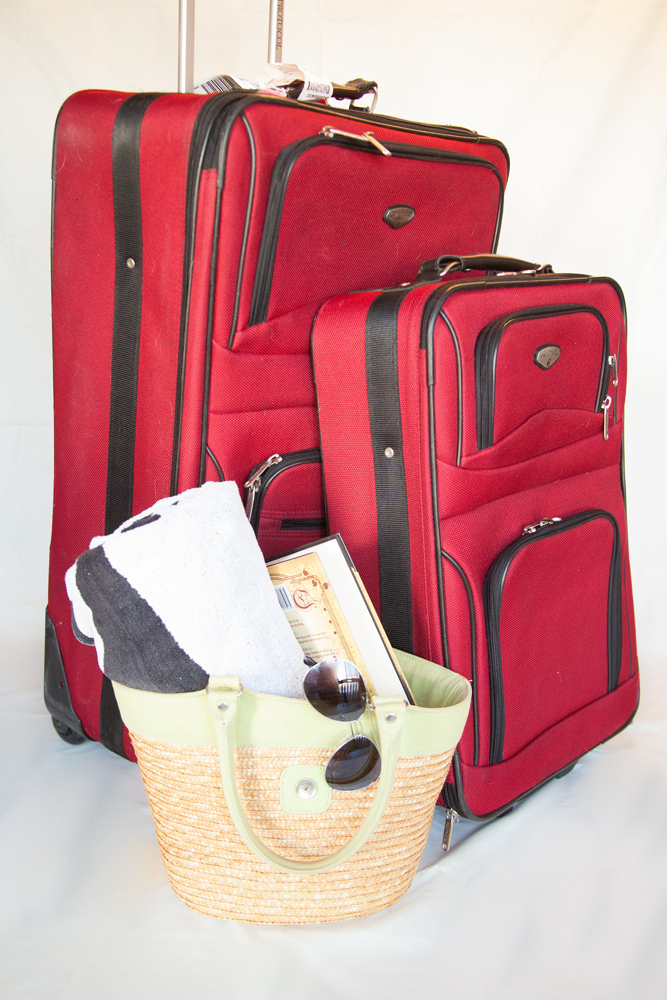
Addison YC. (2014). Luggage for Vacation - Bags [photo]. Retrieved on 2017, June 07 from http://bit.ly/2r6Rd5H

Activity 4
Imagine you are a very famous person in your country — for example, a painter, an artist, an actor, a filmmaker, or a musician, among others.
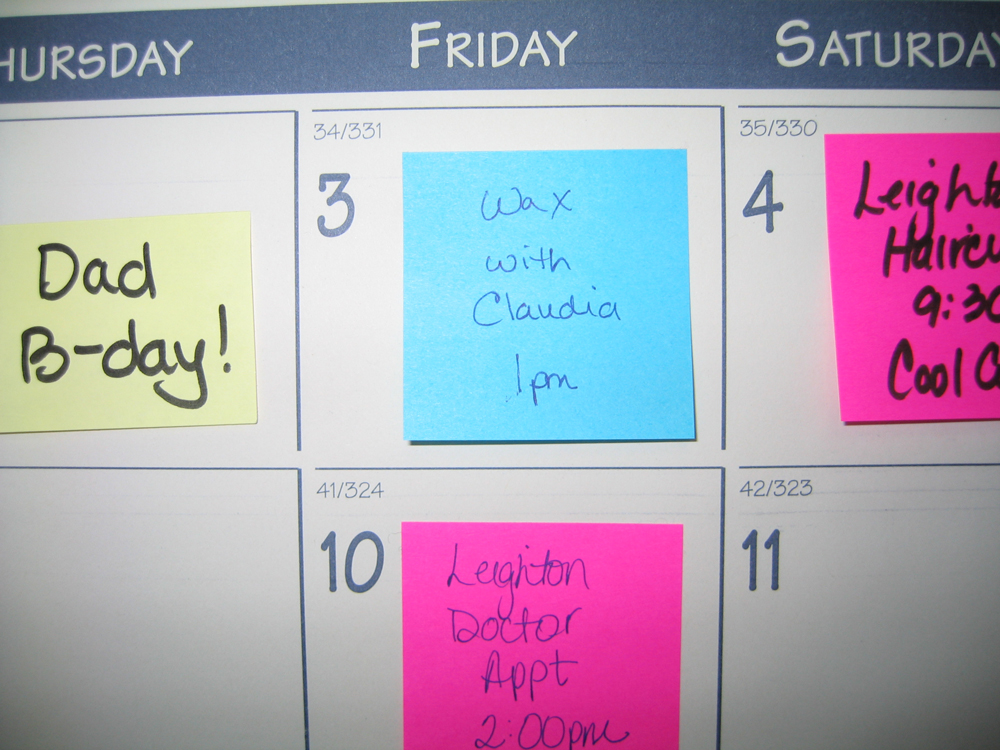
De la Garza, C. (2006). Wax-On [photo]. Retrieved on 2017, June 07 from http://bit.ly/2r6Aqjg
You will have to use the present continuous to narrate your plans or activities that you will have tomorrow. Remember that you are famous, have many things to do.
Consider the following aspects in your recording:
Compare your recording with the example provided. Use the rubrics to assess your recording.
Now it is time to review what you have studied in this lesson about using the present continuous to talk about fixed plans and arrangements.
Do you remember Joshua and Jamie? The boys were talking about Jamie’s plans. Do you remember which question Joshua asks Jamie?
Well, you will have to identify which statements express the simple present for future plans and which ones are happening now.
Choose the most appropriate option for each statement. At the end of the activity, you can check your score.
• Harrison, M. (1995). Grammar Spectrum 2. English rules and practice. Pre-intermediate with answers. Oxford University Press
• Macfarlane, M. (2009). English Practice Grammar. Garnet Education.
• Oxeden, C., Latham-koenig, C., and Clandfield, L. (1996). New English File. Pre-Intermediate. Oxford University Press.
• Schrampfer, B. (1999). Understanding and Using English Grammar. Pearson Longman.
• Present continuous - future arrangements. (n.d.). In British Council. Retrieved on 2017, June 22 from https://learnenglishkids.britishcouncil.org/en/grammar-practice/present-continuous-future-arrangements